Lanzarote’s history is the history of its most precious resource – water. As the island’s mains water system creaks under the pressure of an increased population and a tourist boom, we look back at some of the most important installations in Lanzarote’s water story.
La Gran Mareta de Teguise
Mareta is a Canarian word meaning “reservoir for rainwater”, and Lanzarote’s first reservoir dates to the original Maho inhabitants of the island who lived in “La Gran Aldea” – the Big Settlement at Teguise.
The Mareta de Teguise was the largest water reservoir on the island, and one of the reasons for the ancient capital’s importance. For over 500 years, islanders would come to Teguise, where all residents had the right to use the water, as well as the duty of contributing to the reservoir’s upkeep.
The mareta had fallen into disuse by the 1960s, and its walls were gradually demolished. Currently, the secondary school in Teguise stands on the site of what used to be the island’s most important reservoir.
Mareta del Estado
The Mareta del Estado is a huge, covered water deposit in Arrecife, located near the raised roundabout that leads to the hospital.
The project began in 1903, and King Alfonso XIII of Spain visited the Mareta in 1906. Finally completed in 1913, it was the largest engineering project the island had seen until that point – 16 cisterns capable of holding more than 90,000 cubic metres of water.
However, the Mareta only operated fully for around 30 years, from the 1930s to the 1960s. Eight of the cisterns were regularly filled with water provided by tankers that docked at Arrecife, while the other eight contained brackish water channelled from the galleries of Famara and the Chafariz spring.
A system of pipes, channels and pumps brought the water to the capital from the north of the island, and remnants of these works can still be seen today, including the aqueduct at Nazaret.
The Mareta finally fell into disuse in the mid-1960s, after the opening of the desalination plant between Arrecife and Costa Teguise.
Galerias de Famara
The Famara cliffs act as a huge, natural sponge, soaking up rainfall and naturally filtering it. It was the discovery of natural springs at the foot of the cliffs that led to the construction of the galleries of Famara.
From 1926 to the early 1960s, more than six kilometres of tunnels were dug into the Famara cliff, with the resulting water pumped to Arrecife and stored in the Mareta del Estado, the island’s largest water deposit.
The output of the galleries fell considerably as the aquifer was exhausted. Today no water is produced, and the galleries are closed to the public for safety reasons. However, a walk along the foot of the Famara cliffs will still reveal much of the semi-ruined infrastructure that was used at this once important part of the island.
Presa de Mala
The dam at Mala was another immense engineering project, but one which never came to fruition.
Started in 1970, the aim was to build a reservoir that would contain the run-off water from the heights of Lanzarote, and which would act as a back up to the desalination plant, which at that time only supplied Arrecife.
In 1979 the dam was claimed to be completed as heavy rains arrived, however, the reservoir turned out not to be watertight. The dam turned into one of the biggest wastes of money on the island, a 60-million-peseta white elephant that has never been used as intended.
Nevertheless, the dam is fascinating to visit, and the reservoir is one of the island’s wildlife magnets after winter and spring rains.
Diaz Rijo Desalination Plant
The combined power station/ desalination plant between Arrecife and Costa Teguise may not be the prettiest place on the island, but it’s the one that made Lanzarote’s status as a premier tourist destination possible.
It was the first major desalination plant in Europe, built by naval engineer Manuel Díaz Rijo. In 1965, Diaz Rijo announced to sceptical islanders that they could “turn on their taps”, and Lanzarote, an island that had suffered centuries of poverty, famine and emigration caused by drought, was changed forever.

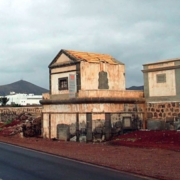
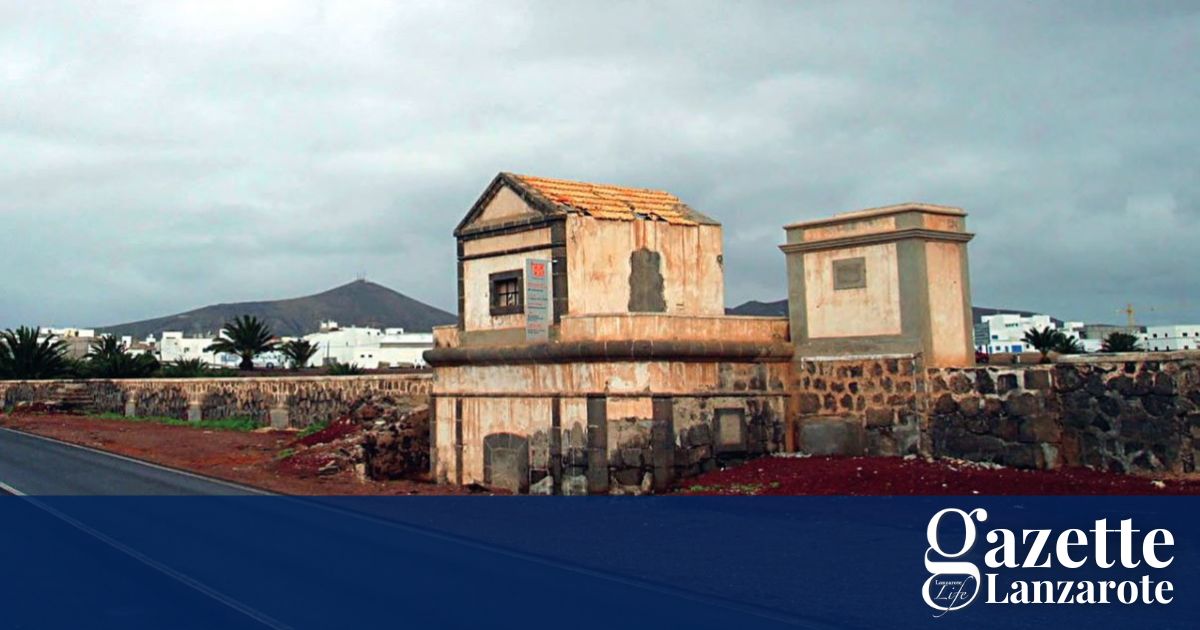

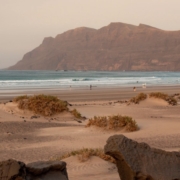


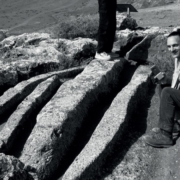
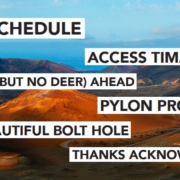


Leave a Reply
Want to join the discussion?Feel free to contribute!